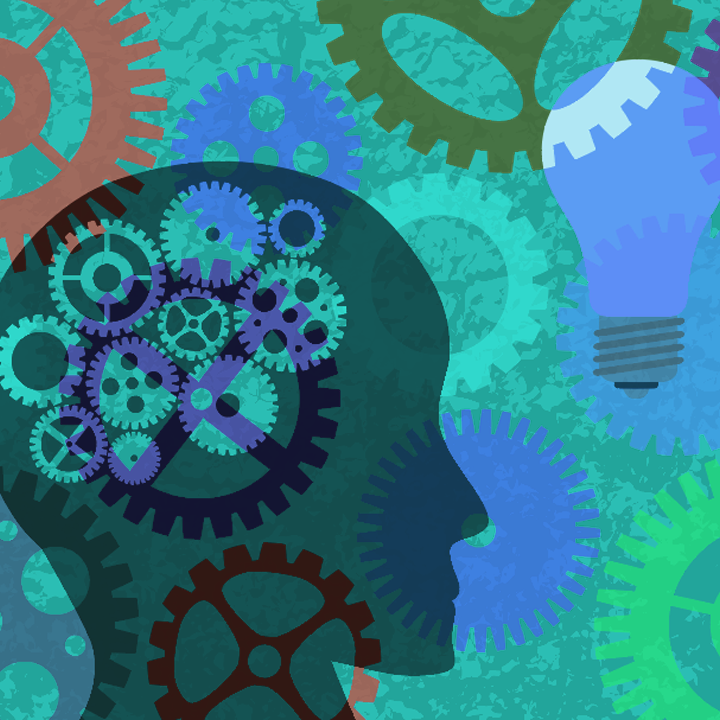We see our services like a cafeteria -- take what you like and leave the rest. You may not need to Discover, Design and Test all the time, but your enterprise will always need some of these services some of the time. We understand that each business is unique and The UX Incubator will create a UX design program that is tailored to the needs of your enterprise.

Discover
The discovery process is a combination of archeology and cultural investigation. We're digging into the past, finding out how people did what they did to get something done. And we're observing people in their day-to-day environment, seeing how they accomplish their goals. We're answering three questions in this phase: who the user is, what they're trying to do and how they're doing it. The process includes the following:
A stakeholder interview is a method of knowledge mapping. This interview technique is also known as Contextual Inquiry. These key conversations reveal the role of end-uses and other stakeholders as they see them. You'll quickly see what's the users task flow is, what's important to the user and most importantly what's wrong with the current system.
A task analysis is learning in detail how your users actually achieve their goals and what workflows they use to form their tasks. A thorough task analysis will help identify areas for improved performance for your users.
Personas are fictitious users that act as stand-ins for real users in order to identify their motivations, expectations and goals that drive their online behavior. We create personas to help us better understand the User so we can create a better user experience for them.
A use case describes who your user is, why they're using your app and what their goals are and who they will acheive their goals. The use case is a result of stakeholder interviews and personas. The deliverable is a written story defining the use case.

Design
Henry Ford is quoted as saying "If I listened to what people wanted, I would have built a faster horse". The point is, sometimes the user doesn't know what he wants. So it is the User Experience Designer's duty to be a visionary and facilitate future solutions that are not only possible but implementable. Armed with the knowledge gained in the discovery phase, task flows can be improved. Design patterns, wireframes and prototypes are produced from collaborative and iterative sessions including all stakeholders -- project managers, business analysts, developers and designers. The process includes the following:
A design pattern is a collection of navigational elements and components that in combination provide a consistent navigation and interaction experience for your users from screen to screen.
A wireframe is a black and white sketch that purposely focuses attention on the layout of elements and functionality. No attention is given to graphical design. A wireframe usually depicts one screen
A high fidelity mockup focuses on the graphical design and interaction on a screen. The mockup can be a static image or a fully interactive prototype. Colors, fonts, graphical treatment, error messages are carefully reviewed.
A style guide illustrates the set of standards used to design a screen, including specifications and application of colors fonts and widgets. Your style guide will provide a consistent experience for your users while streamlining developement time by eliminating design experimentation. Your project may also require Usability Requirements. This type of documents includes annoated wireframes, spelling out the user and system interaction for each component.

Test
User testing is the cornerstone of User Centered Design. By employing frequent testing with end users, you'll get a product that provides a quality user experience. Testing at all phases of design catches the big and costly mistakes early and saves on programming and QA down the line. There's a variety of testing methods available that are suited for different phases of development. Testing can be inexpensive, quick and conducted remotely. The UX Incubator will devise a test plan that fits the needs of your enterprise. Regardless of the testing method chosen, test results are carefully analyzed and presented in a way that is easy to understand, containing both quantitative and qualitative data. The process includes the following:
Hallway testing is an impromptu, quick and cheap method of usability testing. It can literally take place in a hallway or at your desk with anyone not close to the project. People are randomly selected to give their opinion on screen design, interactions or overall response.
Usabiliity testing employs a scripted set of tasks that users complete. A facilitator observes how the software performs and how the users react. Qualitative (e.g. "this takes too many clicks") and quantitative (e.g. time for task completion) data is collected.
A/B testing compares two versions of a screen, or screen interaction. The goal is to identify a solution that improves on a problem. A/B testing can be combined with hallway testing, or as a separate stand-alone test.
Usability tests begin with defining metrics in a test plan. Quantitative data such as success rates, task times and error rates are documented with charts helping to communicate results. Qualitative data can include direct observations, participant comments and open-ended questionnaires.